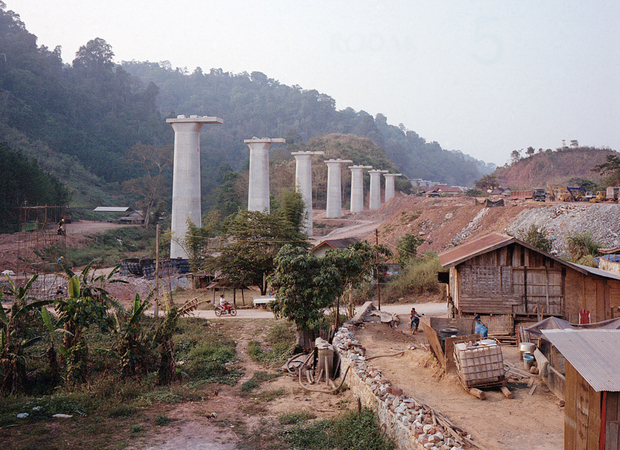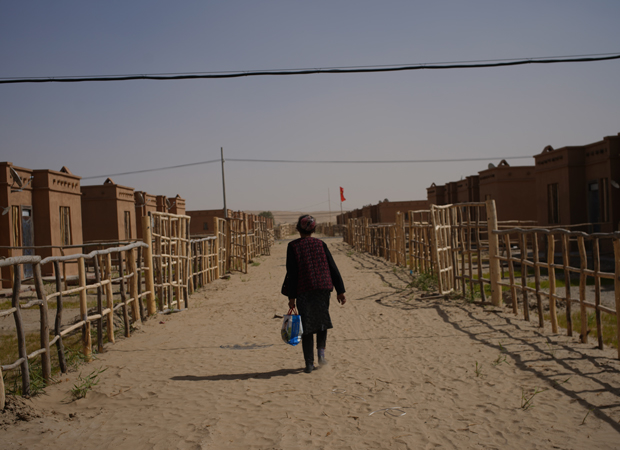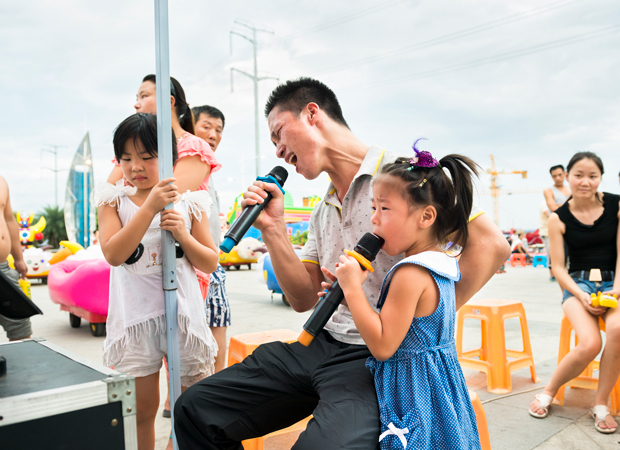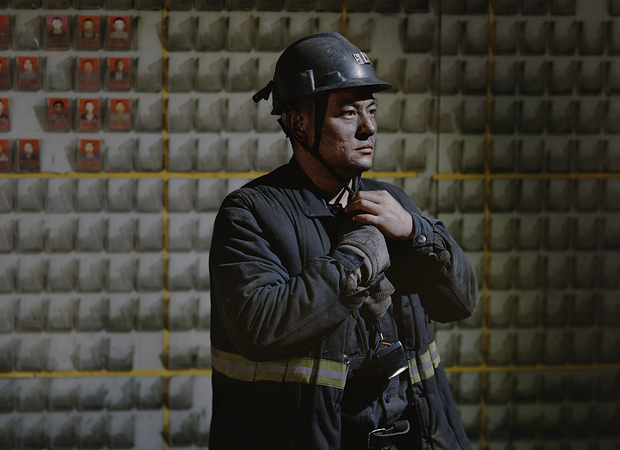Viewpoint
10.16.24
Where the Malan Blooms
This October 16 marks the 60th anniversary of the testing of the first Chinese nuclear bomb. When my friends and I coiled up our jump ropes and returned to class, we learned inspirational tales about the earliest generation of Chinese nuclear...
Viewpoint
05.10.24
Why the African Union Stopped the Donkey Hide Trade with China
The African Union’s unprecedented decision to ban the trade of donkey skin ended a hitherto fast-evolving China-Africa business. It also is the result of an unusual agreement between the 55 African Union member countries on a matter that affects...
Features
07.10.23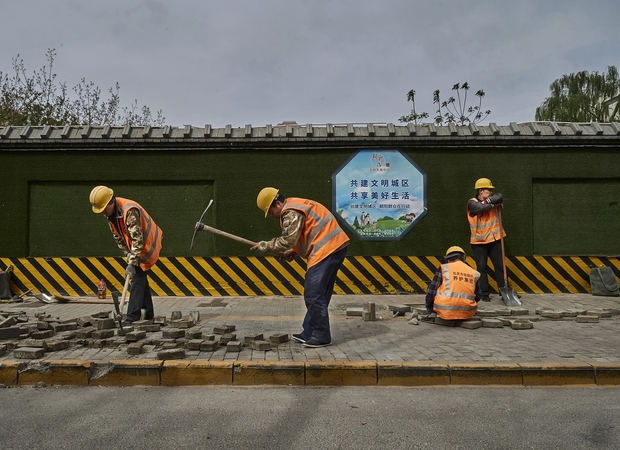
For Beijing, Putting People Back to Work May Prove a Tough Job
In a small Chinese town where unemployment has run high during the COVID-19 pandemic, the local government has embraced a surprising remedy to joblessness: public toilets. Fugong Village, in Guangdong province, usually sees nearly half of its small...
The NYRB China Archive
10.06.22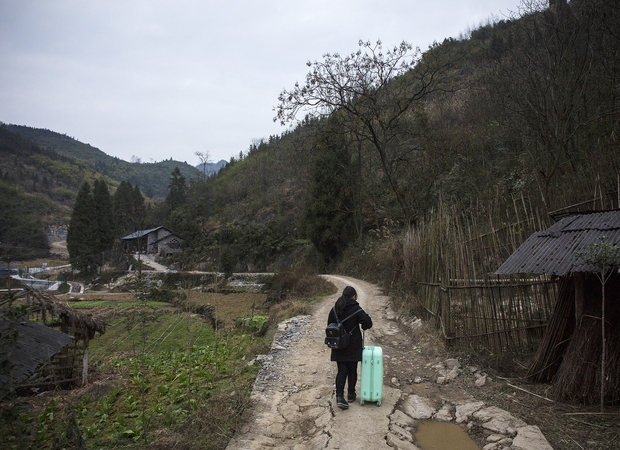
Little Town on the Prairie
from New York Review of Books
Liang Village sits on the edge of the North China Plain, about 650 miles south of Beijing. The area was settled by migrants who came in waves throughout Chinese history, attracted by the fertile soil in what was traditionally one of the country’s...
Viewpoint
09.02.21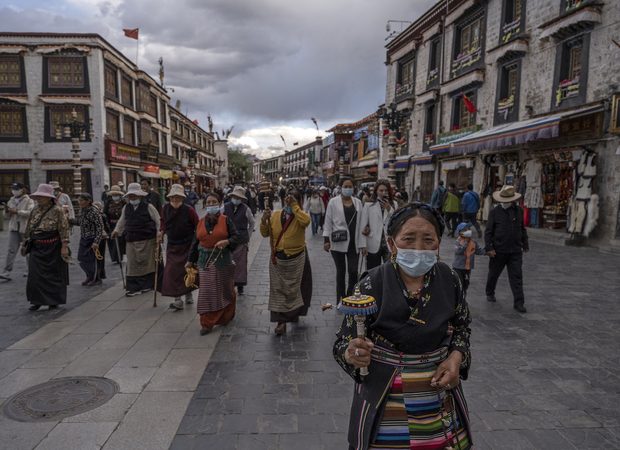
How Much Does Beijing Control the Ethnic Makeup of Tibet?
The idea of swamping, which the Dalai Lama himself elaborated in 2008, holds that China’s government has been seeking to solve its problems in Tibet and other “ethnic minority” areas such as Xinjiang by turning local indigenous ethnic groups (such...
Depth of Field
07.01.19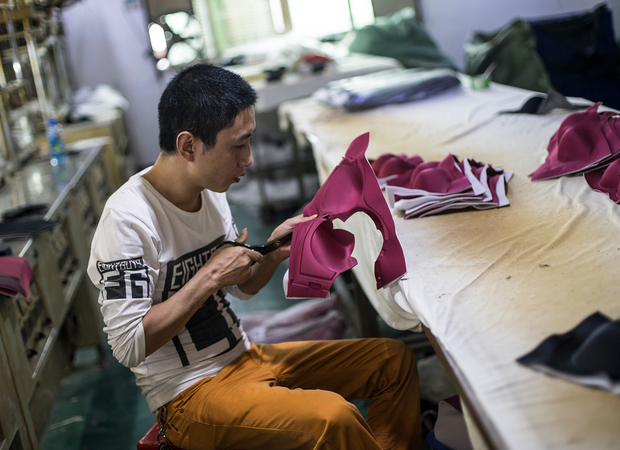
The Journey of a Bra
from Yuanjin Photo
Many of the photo stories in this edition of Depth of Field cover issues relating to women and gender, including a piece on women from Madagascar married to men in rural Zhejiang province, artistic photo collaborations with women and men who have...
Features
11.28.18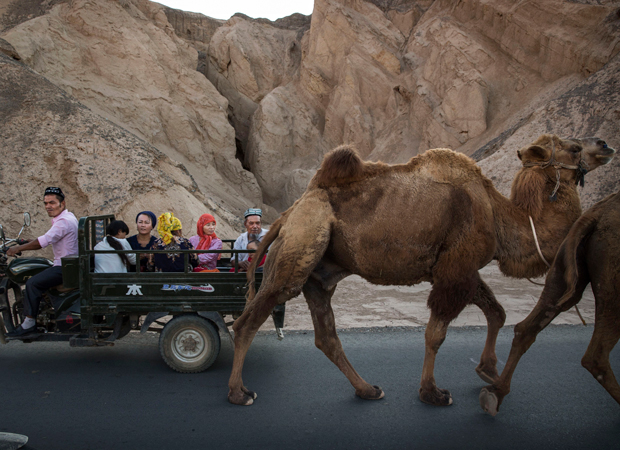
Beijing’s Long Struggle to Control Xinjiang’s Mineral Wealth
The Silk Road Economic Belt—the overland component of Xi Jinping’s signature Belt and Road Initiative (BRI)—promises to bind China to Central Asia and beyond through a new infrastructural network. Connecting through China’s far western Xinjiang...
Depth of Field
11.16.18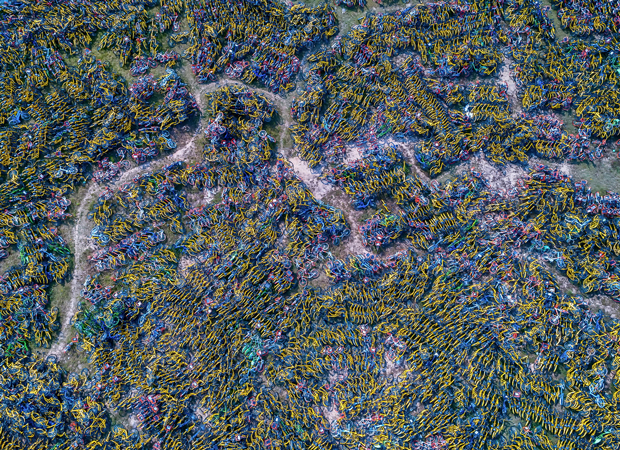
Where Do Bicycles Go When They Die?
from Yuanjin Photo
In this issue of Depth of Field: the dying art of tomb burials; bike graveyards; and a son’s 20,000 photos of his mother.
Infographics
08.15.18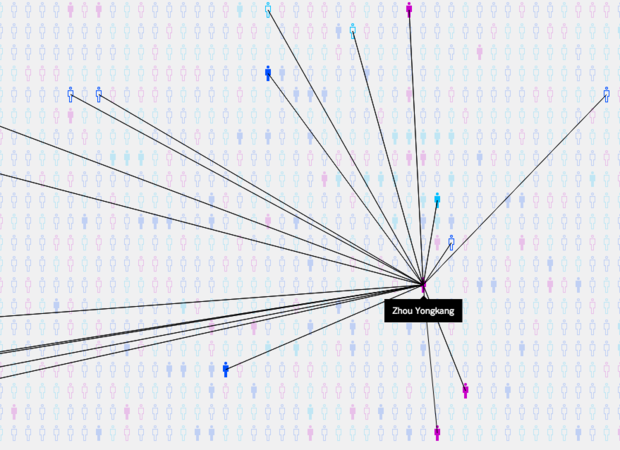
Visualizing China’s Anti-Corruption Campaign
“Catching Tigers and Flies” is ChinaFile’s interactive tool for tracking and, we hope, better understanding the massive campaign against corruption that Xi Jinping launched shortly after he came to power in late 2012. It is designed to give users a sense of the scope and character of the anti-corruption campaign by graphically rendering information about more than 2,000 of its targets whose cases have been publicly announced in official Chinese sources.
ChinaFile Recommends
08.09.18China Has an Online Lending Crisis and People Are Furious about It
CNN
The outcry shines a light on a murky corner of China's financial industry that authorities allowed to grow rapidly with little oversight. Promises of double-digit returns attracted people looking for more lucrative places to put their money...
ChinaFile Recommends
08.07.18‘We’re a People Destroyed’: Why Uighur Muslims across China Are Living in Fear
Guardian
Gene A Bunin has spent the past 18 months talking to Uighur restaurant workers all over China. These conversations reveal how this Muslim minority feel the daily threat of arrest, detention and ‘re-education’
ChinaFile Recommends
07.31.18Kazakh Trial Throws Spotlight on China’s Internment Centres
Financial Times
The trial of a Chinese citizen who fled to Kazakhstan has offered rare insight into China’s secretive internment system, with Beijing’s security campaign in the western region of Xinjiang increasingly putting neighbouring countries in central Asia...
ChinaFile Recommends
07.25.18One in Five Arrests Take Place in ‘Police State’ Xinjiang
Guardian
Analysing publicly available government data, the advocacy group Chinese Human Rights Defenders (CHRD), found 21% of all arrests in China in 2017 were in Xinjiang
Depth of Field
06.28.18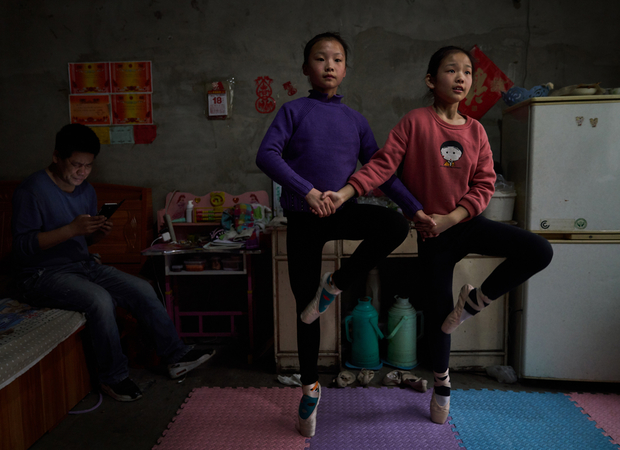
Staying on Point in Rural China
from Yuanjin Photo
In this edition of Depth of Field: aspiring ballerinas, what’s beneath the gilt in a rich Zhejiang town, worn out doctors, disappearing schools, melting snow, data farms, and the powerful appeal of dancing outdoors.
ChinaFile Recommends
05.29.18China’s ‘Digital City’ Showcases Xi’s Grand Ambition
Financial Times
Transformation of rural backwater into the new Shenzhen is still some way off.
ChinaFile Recommends
04.02.18China's 'Jack the Ripper', Gao Chengyong, Sentenced to Death
BBC
A serial killer in China has been sentenced to death for the murder of 11 women.
Books
03.29.18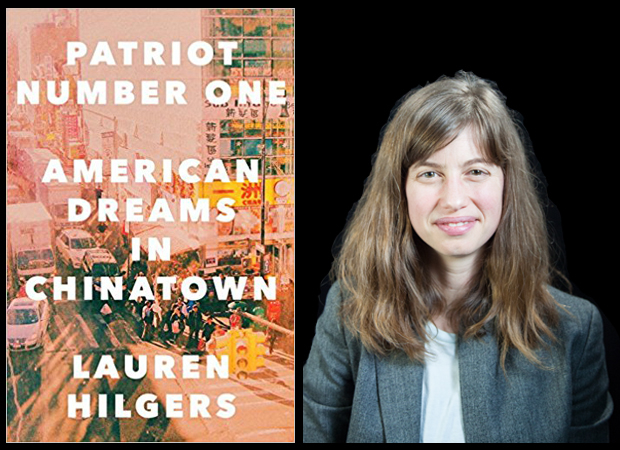

Patriot Number One
Crown Publishing Group: In 2014, in a snow-covered house in Flushing, Queens, a village revolutionary from Southern China considered his options. Zhuang Liehong was the son of a fisherman, the former owner of a small tea shop, and the spark that had sent his village into an uproar—pitting residents against a corrupt local government. Under the alias Patriot Number One, he had stoked a series of pro-democracy protests, hoping to change his home for the better. Instead, sensing an impending crackdown, Zhuang and his wife, Little Yan, left their infant son with relatives and traveled to America. With few contacts and only a shaky grasp of English, they had to start from scratch.In Patriot Number One, Hilgers follows this dauntless family through a world hidden in plain sight: a byzantine network of employment agencies and language schools, of underground asylum brokers and illegal dormitories that Flushing’s Chinese community relies on for survival. As the irrepressibly opinionated Zhuang and the more pragmatic Little Yan pursue legal status and struggle to reunite with their son, we also meet others piecing together a new life in Flushing. Tang, a democracy activist who was caught up in the Tiananmen Square crackdown in 1989, is still dedicated to his cause after more than a decade in exile. Karen, a college graduate whose mother imagined a bold American life for her, works part-time in a nail salon as she attends vocational school and refuses to look backward.With a novelist’s eye for character and detail, Hilgers captures the joys and indignities of building a life in a new country—and the stubborn allure of the American dream.{chop}
ChinaFile Recommends
02.22.18China Hands out Free TVs to Beam Propaganda into Poorest Regions
Telegraph
China is distributing 300,000 television sets to some of its poorest regions as Beijing seeks to spread its propaganda into some of the country's most hard to reach households.
ChinaFile Recommends
02.20.18China Wages War on Funeral Strippers
Telegraph
China has launched its latest crackdown against a phenomenon which just won’t seem to die in rural areas - funeral strippers.
ChinaFile Recommends
02.14.18‘You Are Our Lucky Star’: Chinese Media in Overdrive on Xi Jinping’s New Year Tour
Guardian
Xi Jinping has flown into one of rural China’s most deprived corners to champion his war on extreme poverty before the country’s week-long Lunar New Year holiday.
Media
02.02.18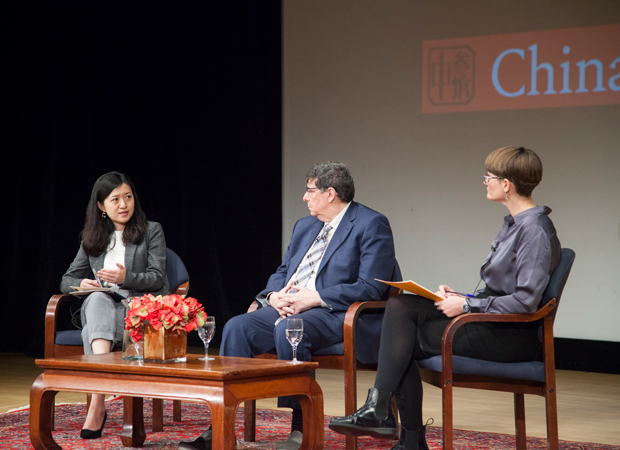
Chinese Civil Society in 2018: What’s Ahead?
The impetus for this event is it’s about a year since the new Foreign NGO Law was implemented in China. There was also another law implemented in 2016, the Charity Law, that governs how domestic NGOs function in China. But there’s a lot more going...
ChinaFile Recommends
01.24.18‘She’ll Die If She Stays with Us’: a Baby Abandoned in China
New York Times
The 6-month-old girl was found alone at night in a park in southern China, sleeping in a stroller. Next to her, in a lime-green backpack, was a bottle of infant formula, diapers and a two-page note from her parents.
ChinaFile Recommends
01.23.18Alibaba’s Jack Ma Thinks He Knows How to Save China's ‘Left-Behind Children’ — He’s Asking Other Entrepreneurs to Buy In
CNBC
The founder and executive chairman of e-commerce behemoth Alibaba said that investing in rural boarding schools could provide a solution for China’s “left-behind children” and ensure a more prosperous future for the next generation.
ChinaFile Recommends
01.23.18China’s Propagandists Wanted a Hero. ‘Frost Boy’ Fit the Bill.
New York Times
His frazzled face, rosy cheeks and icy hair lit up the internet. Now Wang Fuman, the 8-year-old Chinese student known as Frost Boy, is taking on a new role: propaganda star.
Conversation
11.30.17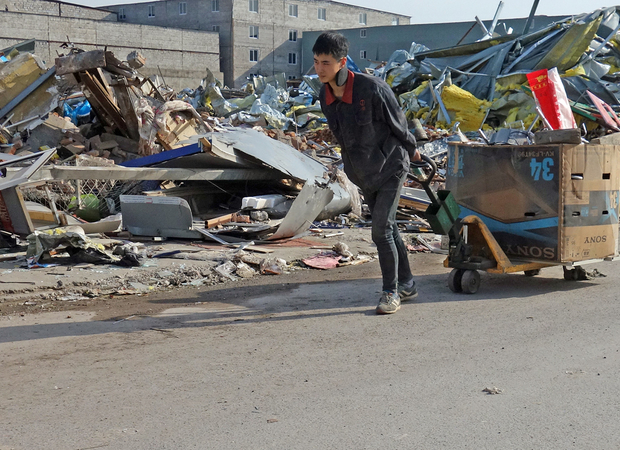
The Beijing Migrants Crackdown
After a fire in a Beijing apartment building catering to migrant workers killed at least 19 people on November 18, the city government launched a 40-day campaign to demolish the capital’s “unsafe” buildings. Many Beijing residents view the campaign...
ChinaFile Recommends
11.28.17Xi Jinping Makes China’s Toilets a Number Two Priority
Guardian
Chinese urged to ‘Advance the Toilet Revolution Steadily’ and do away with squalid communal facilities as a national imperative.
Depth of Field
11.20.17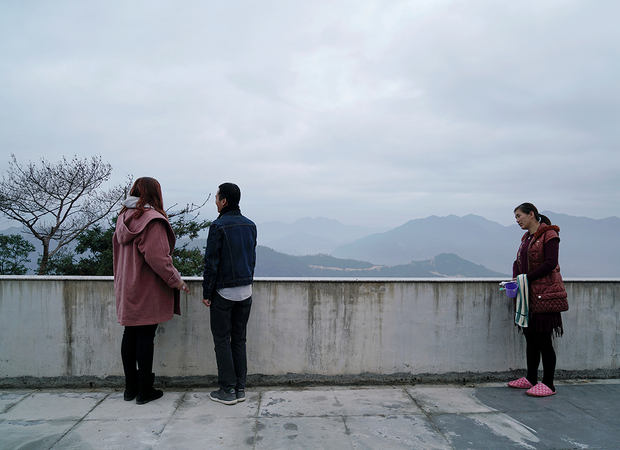
Fake Girlfriends, Chengdu Rappers, and a Chow Chow Making Bank
from Yuanjin Photo
Lonely dog owners in Beijing and a rented girlfriend in Fujian; the last Oroqen hunters in Heilongjiang and homegrown hip hop in Chengdu; young Chinese in an Indian tech hub and Hong Kong apartments only slightly larger than coffins—these are some...
Other
10.31.17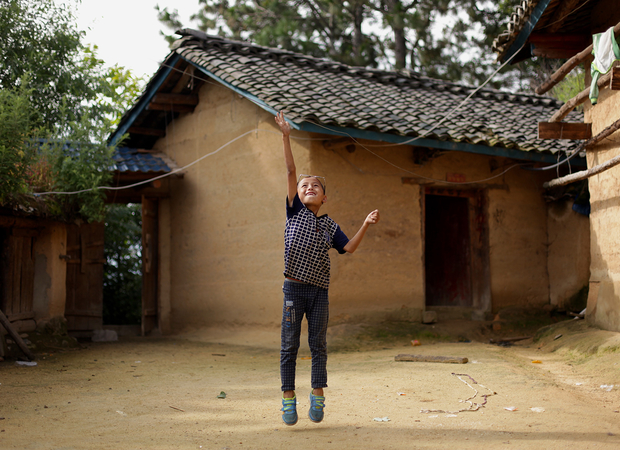
Down from the Mountains (Reader-Friendly Version)
At 14 years old, Wang Ying doesn’t want to be a mother. She scowls darkly as her younger brother and sister squabble in the corner while she does the housework. But she grudgingly cleans up after them and cooks them a potato stew, which they eat...
Video
10.31.17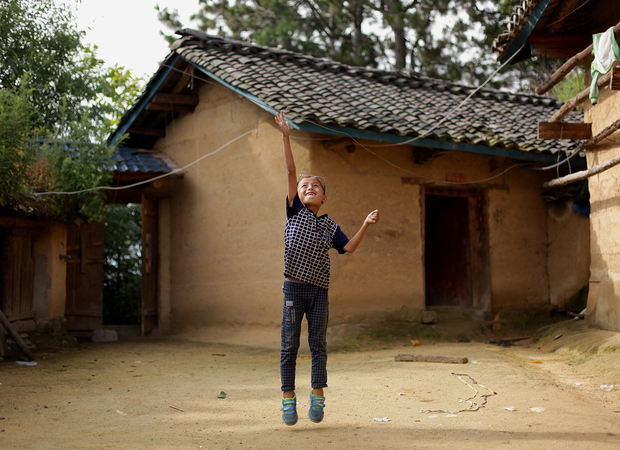
Down From the Mountains
At 14 years old, Wang Ying doesn’t want to be a mother. She scowls darkly as her younger brother and sister squabble in the corner while she does the housework. But she grudgingly cleans up after them and cooks them a potato stew, which they eat...
ChinaFile Recommends
10.18.17The Human Cost of China’s Economic Reforms
BBC
Mr Yu is worried that millions of workers the Chinese government plans to lay off from failing state owned companies will be “abandoned” like he says he was 15 years ago.
Features
09.08.17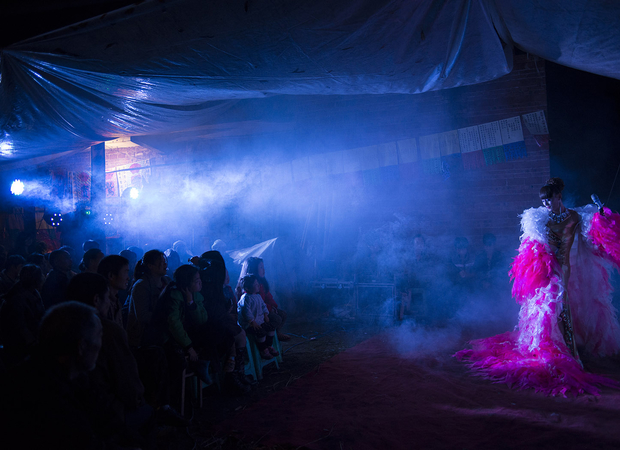
A Drag Queen for the Dearly Departed
In the good old days, about three thousand years ago, people really knew how to mourn the dead. That was back in the Zhou dynasty, when there was no laughing in the dead person’s house, no sighing while eating, and no singing while walking down a...
ChinaFile Recommends
08.30.17Green Gold: How China Quietly Grew into a Cannabis Superpower
South China Morning Post
Every year in April, Jiang Xingquan sets aside part of his farm in northern China to grow cannabis. The size of the plot varies with market demand but over the last few years it has been about 600 hectares.
ChinaFile Recommends
08.16.17China's Crackdown on North Korea over U.N. Sanctions Starts to Pinch
New York Times
Trucks packed with seafood were backed up, bumper to bumper, at the Chinese border with North Korea. Protesters carried red banners demanding compensation. And Chinese businessmen who have been making big money from North Korean crabs,...
Depth of Field
06.29.17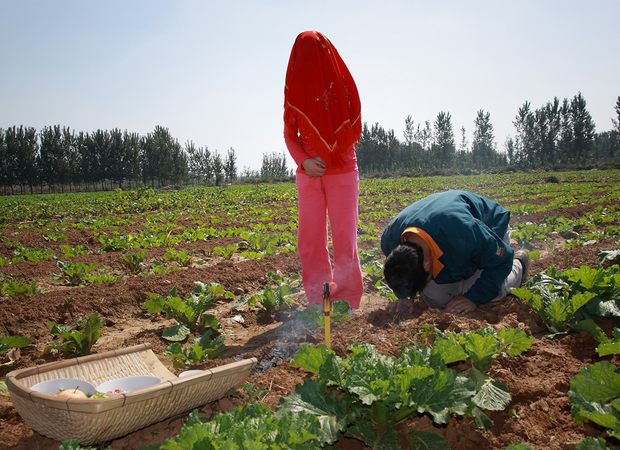
Love, Robots, and Fireworks
from Yuanjin Photo
Included in this Depth of Field column are stories of love, community, remembrance, and the future, told through the discerning eyes of some of China’s best photojournalists. Among them, the lives of African migrants in Guangzhou, seven years inside...
ChinaFile Recommends
06.26.17China Landslide: Families' Frustration Grows as More Than 100 Feared Dead
Guardian
Families affected by huge slip that buried Xinmo village say they are concerned by a lack of information and the fate of orphaned children
ChinaFile Recommends
06.12.17China Drive to Relocate Millions of Rural Poor Runs into Trouble
Financial Times
Villagers return home after struggling with lack of jobs in urban apartments
Books
06.01.17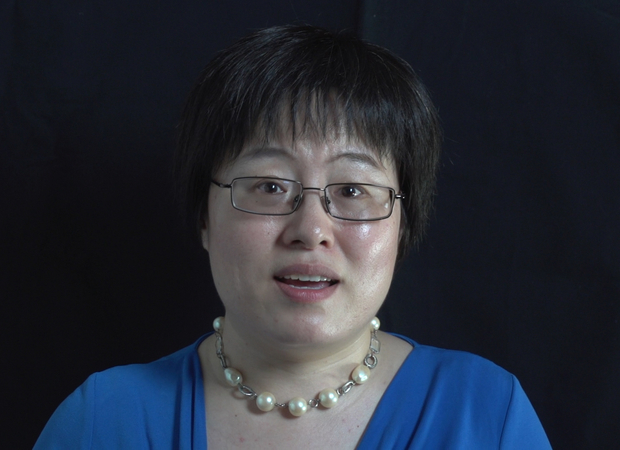
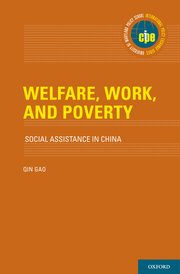
Welfare, Work, and Poverty
Welfare, Work, and Poverty provides the first systematic and comprehensive evaluation of the impacts and effectiveness of China’s primary social assistance program—the “dibao,” or “Minimum Livelihood Guarantee”—since its inception in 1993. The dibao serves the dual function of providing a basic safety net for the poor and maintaining social and political stability. Despite currently being the world’s largest welfare program in terms of population coverage, evidence on the dibao’s performance has been lacking. This book offers important new empirical evidence and draws policy lessons that are timely and useful for both China and beyond. Specifically, author Qin Gao addresses the following questions:How effective has the dibao been in targeting the poor and alleviating poverty?Have dibao recipients been dependent on welfare or able to move from welfare to work?How has the dibao affected recipients’ consumption patterns and subjective well-being?Do they use dibao subsidies to meet survival needs (such as food, clothing, and shelter) or to invest in human capital (such as health and education)?Are they distressed by the stigma associated with receiving dibao, or do they become more optimistic about the future and enjoy greater life satisfaction because of dibao support?And finally, what policy lessons can we learn from the existing evidence in order to strengthen and improve the dibao in the future?Answers to these questions not only help us gain an in-depth understanding of the dibao’s performance, but also add the Chinese case to the growing international literature on comparative welfare studies. Welfare, Work, and Poverty is essential reading for political scientists, economists, sociologists, public policy researchers, and social workers interested in learning about and understanding contemporary China. —Oxford University Press{chop}Related Reading:“Welfare, Work, and Poverty: How Effective is Social Assistance in China?,” by Qin Gao, China Policy Institute: Analysis
Caixin Media
05.05.17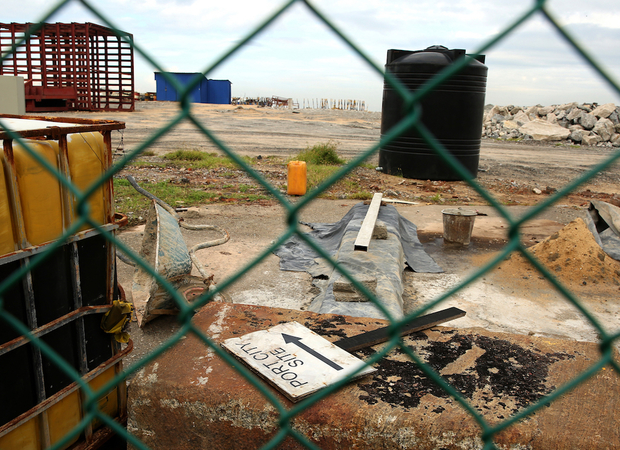
Belt and Road: A Symphony in Need of a Strong Conductor
In just a few weeks, the Chinese president will host the Belt and Road summit—Xi Jinping’s landmark program to invest billions of dollars in infrastructure projects across Asia, Africa, and Europe. Reactions to the project have been, understandably...
Video
04.19.17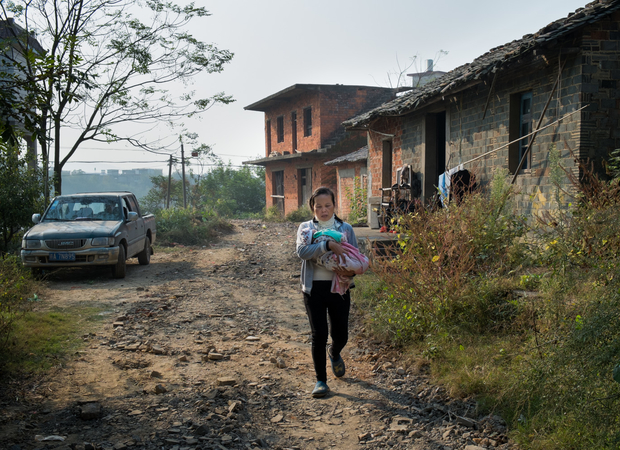
Trafficked into Wedlock
When Buntha left Cambodia to marry a Chinese man, she did so for money, not for love.Thirty-two years old at the time, and never married, she had few opportunities to earn money for her family in her village in Kampong Cham, Cambodia. The China she...
ChinaFile Recommends
04.14.17Xinhua Insight: Procedures unveiled for birth of Xiongan New Area
Xinhua
Plans for Xiongan New Area, an economic zone about 100 kilometers south of Beijing, are becoming more clear. President Xi Jinping said, “The capital's core functions should be preserved and strengthened, and some inappropriate functions...
ChinaFile Recommends
04.03.17Xiongan District Becomes Hot Property in China
BBC
A sleepy district in Hebei province has suddenly become the center of China’s latest property craze and the talk of the country.
Depth of Field
03.22.17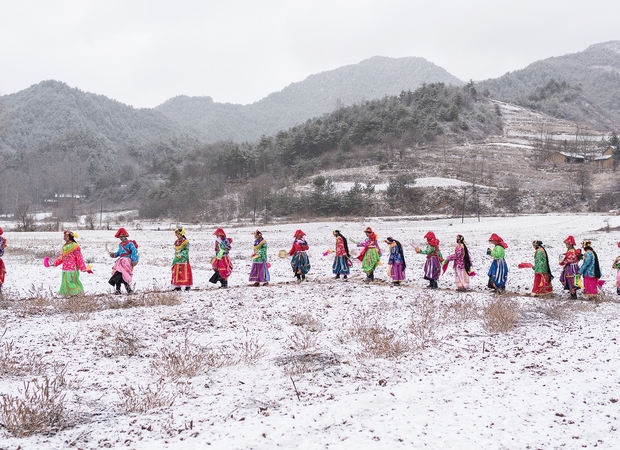
Refugees from Myanmar, Migrant Workers, and the Lantern Festival
from Yuanjin Photo
This month, we feature galleries published in February that showcase photographers’ interest in China’s borders and its medical woes, the lives of its minorities and their traditions and customs, and—in the case of Dustin Shum’s work—in a visual...
Books
03.08.17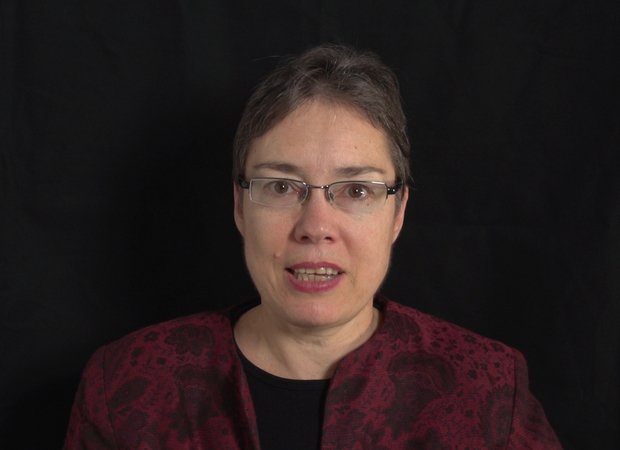
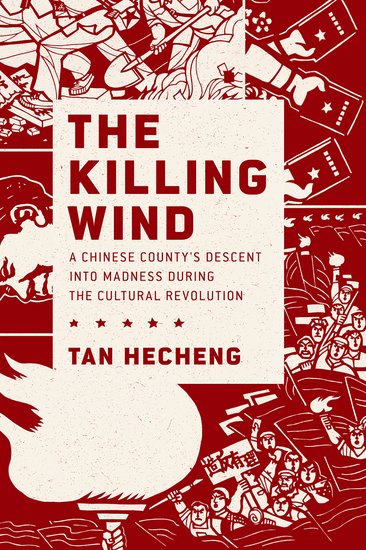
The Killing Wind
Over the course of 66 days in 1967, more than 4,000 “class enemies”—including young children and the elderly—were murdered in Daoxian, a county in China’s Hunan province. The killings spread to surrounding counties, resulting in a combined death toll of more than 9,000. Commonly known as the Daoxian massacre, the killings were one of many acts of so-called mass dictatorship and armed factional conflict that rocked China during the Cultural Revolution. However, in spite of the scope and brutality of the killings, there are few detailed accounts of mass killings in China’s countryside during the Cultural Revolution’s most tumultuous years.Years after the massacre, journalist Tan Hecheng was sent to Daoxian to report on an official investigation into the killings. Tan was prevented from publishing his findings in China, but in 2010, he published the Chinese edition of The Killing Wind in Hong Kong. Tan’s first-hand investigation of the atrocities, accumulated over the course of more than 20 years, blends his research with the recollections of survivors to provide a vivid account exploring how and why the massacre took place and describing its aftermath. Dispelling the heroic aura of class struggle, Tan reveals that most of the Daoxian massacre’s victims were hard-working, peaceful members of the rural middle class blacklisted as landlords or rich peasants. Tan also describes how political pressure and brainwashing turned ordinary people into heartless killing machines.More than a catalog of horrors, The Killing Wind is also a poignant meditation on memory, moral culpability, and the failure of the Chinese government to come to terms with the crimes of the Maoist era. By painting a detailed portrait of this massacre, Tan makes a broader argument about the long-term consequences of the Cultural Revolution, one of the most violent political movements of the twentieth century. A compelling testament to the victims and survivors of the Daoxian massacre, The Killing Wind is a monument to historical truth—one that fills an immense gap in our understanding of the Mao era, the Cultural Revolution, and the status of truth in contemporary China. —Oxford University Press{chop}
The China Africa Project
02.08.17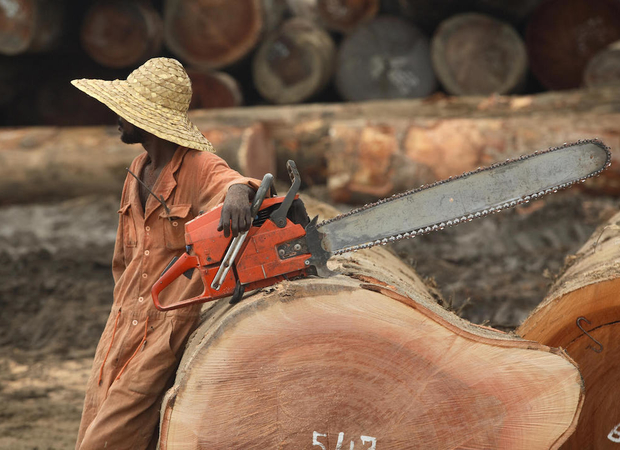
How China’s Insatiable Demand for Timber Threatens Congo’s Rainforests
In this episode, award-winning Shanghai-based environmental journalist Shi Yi joins Eric and Cobus to discuss the emerging crisis over the illegal trade of Congolese bloodwood. She recently reported on how surging demand in China is fueling...
The NYRB China Archive
01.19.17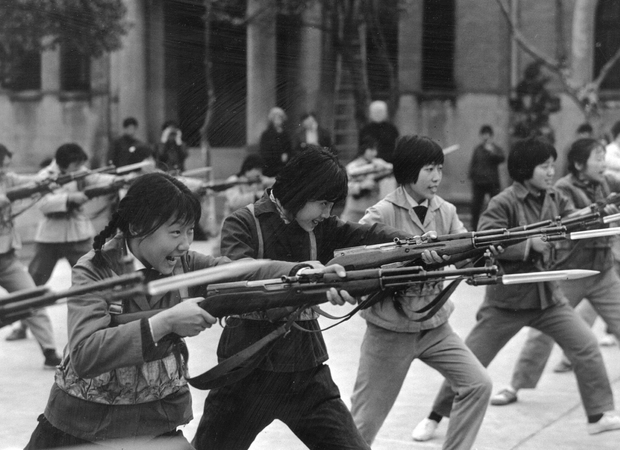
When the Chinese Were Unspeakable
from New York Review of Books
The Xiao River rushes deep and clear out of the mountains of southern China into a narrow plain of paddies and villages. At first little more than an angry stream, it begins to meander and grow as the basin’s 63 other creeks and brooks flow into it...
Depth of Field
01.17.17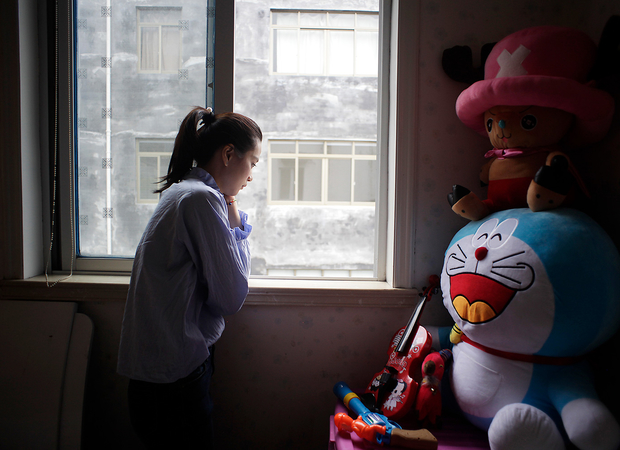
House Calls on the Tibetan Plateau, Children of Divorce, Celebrity Secrets
from Yuanjin Photo
In the final galleries of 2016, the publishing juggernaut Tencent again shows its leadership in the documentary photography space, but iFeng’s choice to publish a personal photo gallery by Zhou Xin is also worth a good look, especially since...
ChinaFile Recommends
12.29.16Migrant-School Students Face Difficulty Getting Into College, Study Finds
Less than 6% of students in Beijing schools for migrant children entered college. In local public schools, 60% did
Environment
11.16.16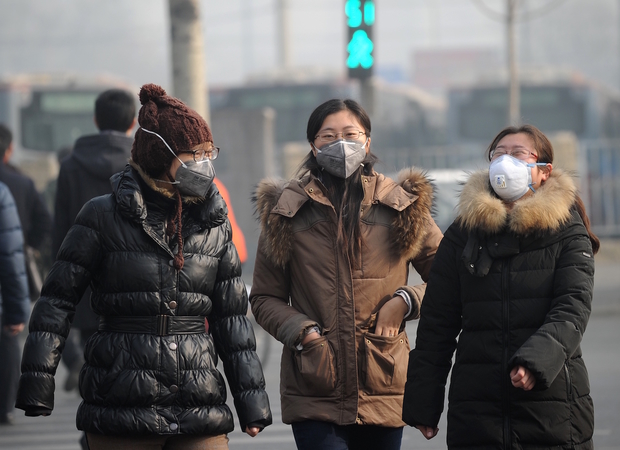
The Future of Public Interest Litigation in China
from chinadialogue
China has seen a rapid growth in environmental public interest legal challenges since January 2015, when a revised version of the Environmental Protection Law (EPL) came into effect. Nearly 100 lawsuits have been filed by both NGOs and public...
Depth of Field
11.08.16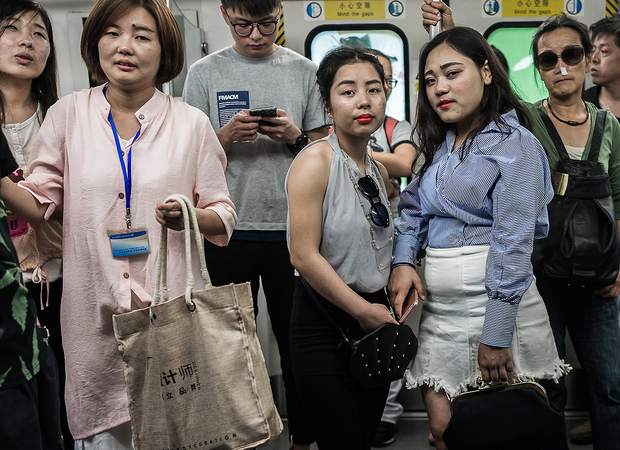
Dongbei’s Last Match Factory, Capital Straphangers, Retracing the Long March...
from Yuanjin Photo
In October, several publications marked the 80th Anniversary of the Chinese Communists’ Long March. We have chosen two stories that revisited this event and that were standouts, visually. Elsewhere, photographers followed stories both large and...
Books
11.04.16

Land of Fish and Rice
The lower Yangtze region, or Jiangnan, with its modern capital Shanghai, has been known since ancient times as a “land of fish and rice.” For centuries, local cooks have harvested the bounty of its lakes, rivers, fields, and mountains to create a cuisine renowned for its delicacy and beauty. In Land of Fish and Rice, Fuchsia Dunlop draws on years of study and exploration to present the recipes, techniques, and ingredients of the Jiangnan kitchen. You will be inspired to try classic dishes such as Beggar’s Chicken and sumptuous Dongpo Pork, as well as fresh, simple recipes such as Clear-Steamed Sea Bass and Fresh Soybeans with Pickled Greens. Evocatively written and featuring stunning recipe photography, this is an important new work celebrating one of China’s most fascinating culinary regions. —W.W. Norton{chop}
ChinaFile Recommends
11.03.16China Land Reform Opens Door to Corporate Farming
Financial Times
Move to bring capital into large-scale agriculture keeps bar on individual ownership
ChinaFile Recommends
10.25.16Resettling China’s 'Ecological Migrants'
New York Times
These are the people the government has relocated from lands distressed by climate change, industrialization, and poor policies to hastily built villages
ChinaFile Recommends
10.24.16Living in China’s Expanding Deserts
New York Times
People on the edges of the country’s vast seas of sand are being displaced by climate change
ChinaFile Recommends
10.12.16Poignant Portraits Show What it is Like Being LGBT in China
Washington Post
Despite being decriminalized in 1997, homosexuality is still heavily stigmatized in China.





